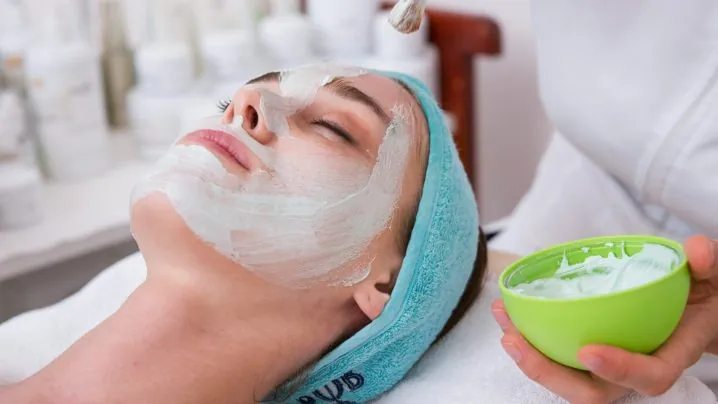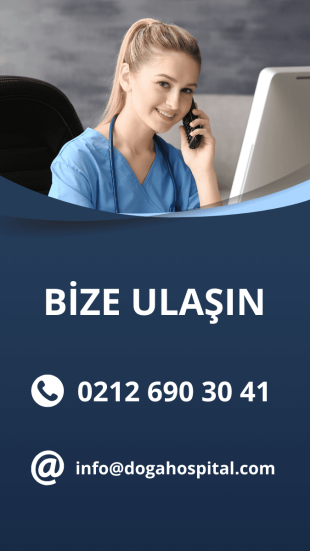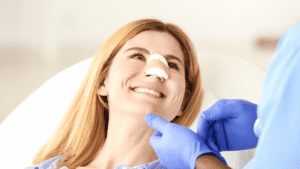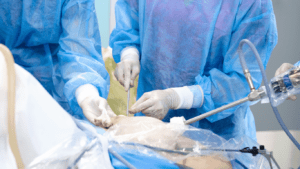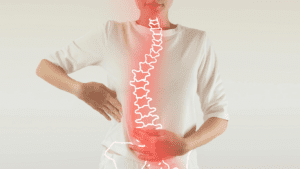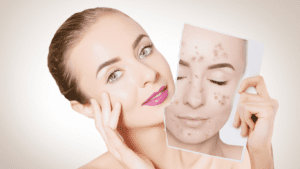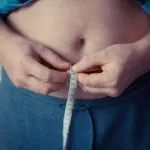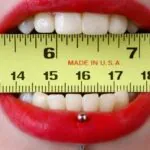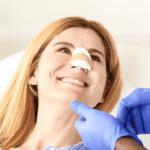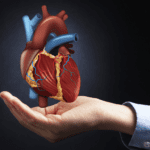Although aging is an inevitable process, with the development of modern medicine and technology, it has become possible to slow down this process and even reverse some of its effects. The visible effects of aging, especially in the facial area, disturb many people and can negatively affect their self-confidence. This is where innovative facial rejuvenation techniques in the field of plastic surgery come into play. In this article, we will examine the latest facial rejuvenation techniques, how they are applied and their potential benefits in detail.
Facial rejuvenation is not only an application performed with aesthetic concerns. It also brings psychological benefits such as increasing self-confidence and creating a more positive image in social and professional life. However, before deciding on any surgical intervention, it is important to be informed about the potential risks and side effects of these techniques.
Facial rejuvenation techniques in plastic surgery range from minimally invasive procedures to extensive surgical operations. Each of these techniques can be suitable for different age groups and skin types. Let's take a closer look at the most popular and effective facial rejuvenation techniques.
Botox Applications
Botox is perhaps the best known of the facial rejuvenation techniques. This substance, obtained from the purified form of botulinum toxin A, helps reduce wrinkles by temporarily paralyzing the muscles. It is especially effective in eliminating mimic wrinkles such as forehead lines, crow's feet around the eyes and wrinkles between the eyebrows.
Botox application is a procedure that usually takes 15-30 minutes and does not require anesthesia. The effect lasts between 3-6 months and can be repeated. However, it is important that the dose and application sites are carefully determined by a specialist, as overuse can cause a dull expression on the face.
In recent years, so-called "Baby Botox", which provides a lower dose and more natural look, has gained popularity. This approach aims to reduce fine lines and wrinkles while maintaining the natural expression of the face.
Fillers
Hyaluronic acid-based fillers are another popular method used to address facial volume loss and fill deep lines. These fillers are particularly effective in areas such as nasolabial folds (smile lines), lip margins and under-eye hollows.
Filling applications are also minimally invasive procedures and usually take between 30 minutes and 1 hour. The effect can vary between 6 months and 2 years depending on the type of filler. Since modern fillers mimic the naturally occurring hyaluronic acid in the body, the risk of allergic reactions is quite low.
Recently, the technique called "Liquid Facelift" has gained popularity. In this method, fillers of different densities are used to create volume and contour in different parts of the face. In this way, an effect similar to a surgical facelift can be achieved without surgery.
Laser Treatments
Advances in laser technology have revolutionized the field of facial rejuvenation. By using lasers of different wavelengths, various effects such as skin resurfacing, tone equalization and stimulation of collagen production can be achieved.
Fractional laser therapy is one of the popular laser methods. This technique triggers the body's natural healing process by creating microscopic damage on the surface of the skin. As a result, skin texture is renewed, wrinkles are reduced and skin tone is evened out.
Intense Pulsed Light (IPL) treatment is also an effective way to reduce the appearance of pigmentation problems, sun spots and fine blood vessels. IPL targets various skin problems using different wavelengths of light.
The "Cool Laser" technology developed in recent years promises more effective results with fewer side effects and recovery time. This technology cools the top layer of the skin and generates heat in the deeper layers, thus stimulating collagen production.
Ultrasound Technology
Ultrasound technology is one of the newest methods used in facial rejuvenation. The High Intensity Focused Ultrasound (HIFU) technique sends ultrasound energy to the deep layers of the skin, stimulating collagen production and tightening the skin.
HIFU treatment usually takes 60-90 minutes and does not require anesthesia. The effect starts to be seen immediately and continues to increase for 3-6 months. This method is especially effective in removing sagging in the jaw line, neck and eyebrow area.
Another advantage of ultrasound technology is that the operator can visualize the lower layers of the skin during the application. In this way, energy can be applied precisely to the targeted area and more precise results can be achieved.
Radio Frequency Treatments
Radio frequency (RF) technology is another non-invasive method that stimulates collagen production by heating the skin. RF devices transmit energy to different layers of the skin, promoting tissue tightening and regeneration.
Fractional RF technology is a method developed in recent years. This technique applies RF energy through micro-needles in the skin. In this way, an effective regeneration is achieved both on the surface and in the deep layers.
RF treatments usually take 30-60 minutes and can be performed with minimal discomfort. Results are usually visible after a few sessions and continue to improve over time.
Stem Cell Treatments
Stem cell treatments are one of the most exciting developments in the field of facial rejuvenation. In this method, stem cells obtained from the patient's own fat tissue are injected into various parts of the face.
Thanks to the regenerative properties of stem cells, the regeneration and repair of skin tissue is accelerated. This method not only improves the surface appearance, but also enhances the overall health and quality of the skin.
Although stem cell therapies are not yet widely practiced, they are expected to play an important role in facial rejuvenation in the future. Research in this field is advancing rapidly and more effective and safer protocols are being developed.
Surgical Face Lift (Facelift)
Surgical facelift is still the most effective method for patients who want more dramatic and long-lasting results. Modern facelift techniques involve not only stretching the skin, but also repositioning the underlying muscle and fat tissues.
Along with minimally invasive techniques, less aggressive surgical methods such as the "Mini Facelift" have also gained popularity. These methods aim to address moderate signs of aging with a shorter recovery time and less risk.
The endoscopic facelift technique offers a more precise and minimal scarring operation using small incisions and special cameras. This method is especially effective in correcting sagging in the forehead and eyebrow area.
Combined Treatments
Today, the most effective facial rejuvenation results are often achieved through a combination of different techniques. For example, a patient may be offered a combination of Botox, fillers and laser treatments. This approach is also called "Liquid Facelift" and provides a comprehensive facial rejuvenation effect without surgical intervention.
Combination treatments can be customized according to the individual needs of each patient. In this way, more natural and harmonic results can be achieved. In addition, the synergistic effect of different techniques can achieve results that cannot be achieved with a single method.
Conclusion and Future Trends
Facial rejuvenation techniques are constantly evolving and improving. In the future, less invasive, more effective and longer lasting methods are expected to be developed. Especially stem cell therapies and nanotechnology applications promise great potential in this field.
However, it should be remembered that the best facial rejuvenation strategy starts with preventive care. Sun protection, a healthy diet, regular exercise and a proper skin care routine are far more important than any aesthetic intervention.
In conclusion, modern plastic surgery and aesthetic medicine offer individuals a wide range of options for managing the effects of aging. However, before deciding on any procedure, it is important to conduct a thorough assessment and set realistic expectations. Each individual's needs and goals are different and the best results are achieved with personalized approaches that take these individual factors into account.
Facial rejuvenation techniques can improve not only appearance, but also self-confidence and quality of life. However, it is important to remember that none of these techniques are miracle solutions and that each intervention has certain risks. Therefore, before deciding on any aesthetic procedure, it is extremely important to have a comprehensive consultation with an expert and experienced plastic surgeon.
In the future, facial rejuvenation techniques will likely become even more personalized and precise. The integration of technologies such as artificial intelligence and machine learning into this field has the potential to provide solutions tailored to each individual's unique facial structure and aging process. Furthermore, advances in regenerative medicine may make it possible to utilize the body's own healing mechanisms more effectively.

